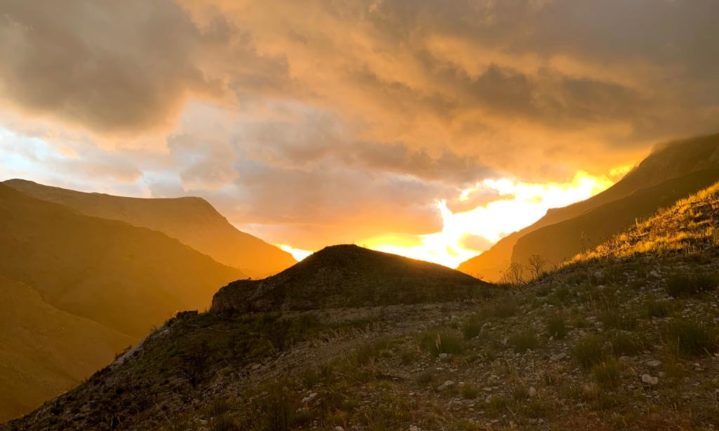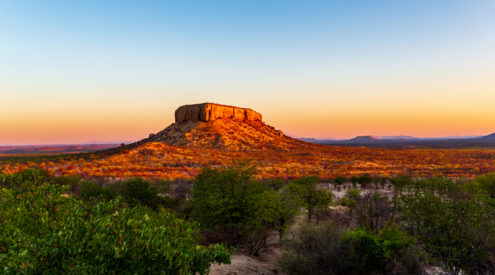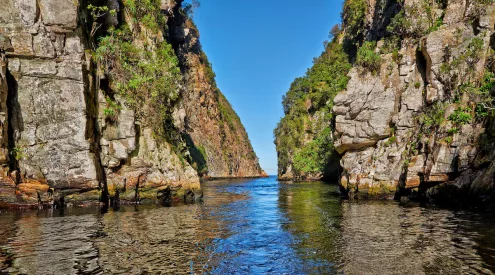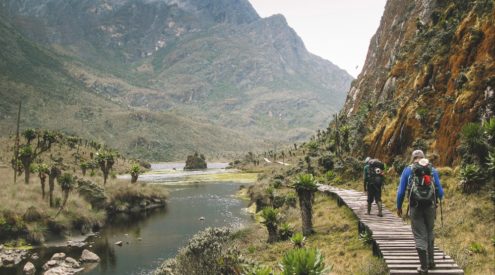The 14-kilometre trail winding through Boesmanskloof connects the small Western Cape towns of Greyton and McGregor, but only for those brave enough to go on foot. To drive between the towns, you would have to take the 96-kilometre tar road around the mountain.
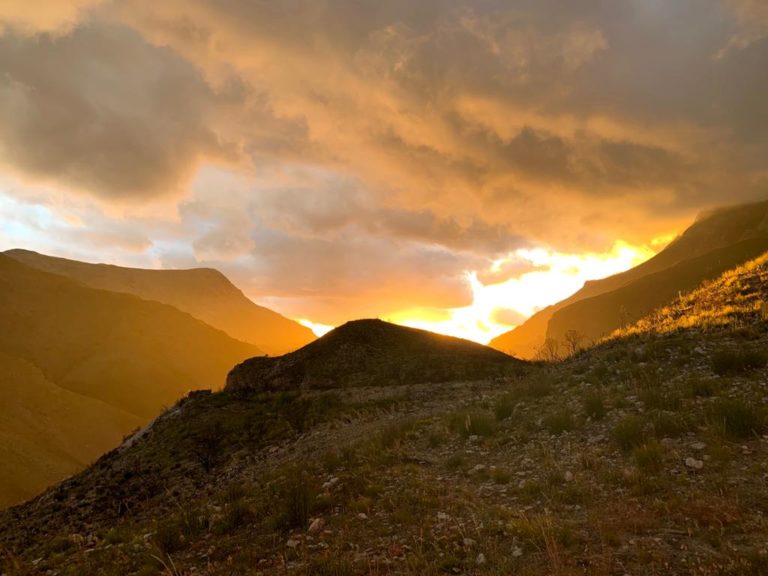
Credit: Anita Froneman
The first attempt to build the shorter connecting road was made between 1865 and 1880 when builders planned to start at each town respectively and eventually meet in the middle. The history of the project is murky, but local lore indicates that money was pulled from the project as funding for the First World War became imperative.
The Greyton side had progressed only as far as Perdekop and McGregor had only reached Takkap and the Rietvlei valley farms.

Credit: Anita Froneman
With renewed vigour, a second attempt began in 1924. The government agreed to a survey, which took three years to do according to McGregor Village. Again, the road was not completed and some say it was due to the engineer in charge running off with most of the money for the project, but others firmly reject this theory as a myth.
Whatever the case may be, our merry band of travellers stood bright-eyed and bushy-tailed at the starting point of the now hiking-only pass on a cloudy morning for a two-day roundtrip.
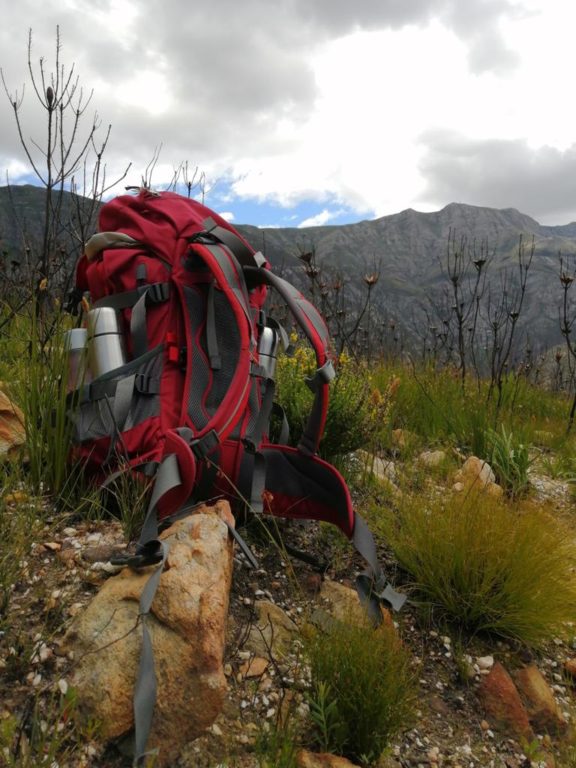
Credit: Anita Froneman
The head of the Boesmanskloof hiking trail is a few feet above the floodplain of the Gobos River, named after a Hassequas Khoikhoi ancestral tribe chief in the 1800s. After some rock skipping, a jeep track meanders up into the Riviersonderend mountains proper. It is heavy going in the beginning, but the vertical gain (of which there is around 500m over the 14 km hike) gave us great views of a lush Greyton that clearly enjoyed the regions’ fantastic winter rains.
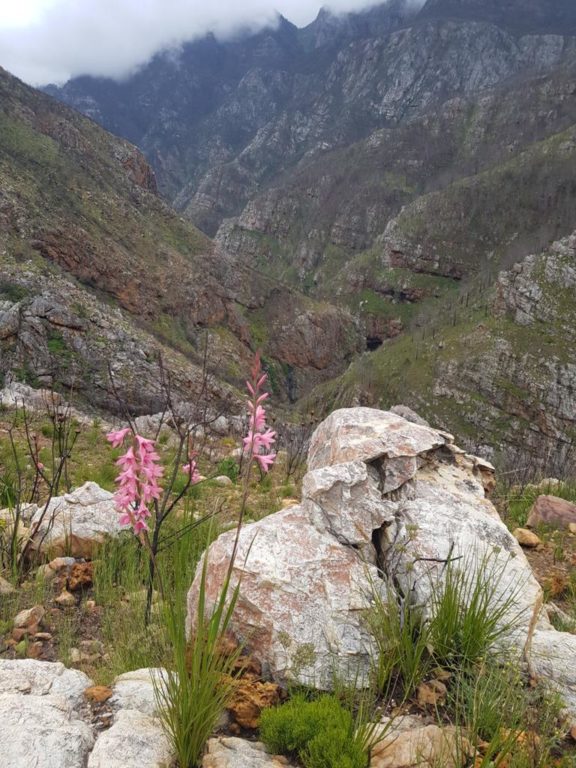
Credit: Anita Froneman
About 3km in, Breakfast Rock provides a neat area for a cup of coffee with views of the Gobos River on one side and Wolfkloof on the other. The jeep track continues its ascent to around the halfway point, where a sign greets hikers with the highest point of the hike.
After scrambling down a single-track that zigged and zagged down to the river valley, the path takes another upward turn back up to a contour path and all the way to Okes Falls, which is undoubtedly the feature of the hike. A series of waterfalls cascading down to the Gobos and a large inviting pool greeted our aching legs.
It is the perfect place to relax, kick off your boots and take a dip in the fresh mountain water. For the more adventurous, you can climb up the side of the falls and jump in the tannin-rich waters.
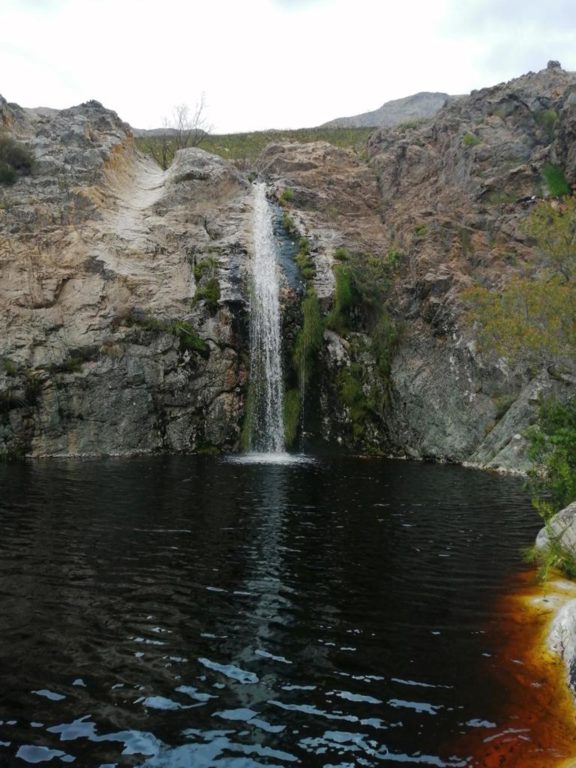
Credit: Anita Froneman
The unparalleled splendour of the mountains is something that catches me off guard every time. With no need to prove anything or impress anyone, the mountains simply are. Humans have a long way to go in mastering the art of being rather than doing.
The trail hops over the stream one last time before heading up for the final climb of the day. Calla lilies among the dense growth perfectly complemented the unique fynbos. As we reached a buttress, we saw that the famous Galg Road lay ahead as a sign that civilisation is near. In some sections, dynamite was used to clear rocks, and a misstep might send you into the never-ending rockfall slope below.
‘The Road to Nowhere’ is carved into the side of the mountain and did not do much to revive the spirits of our exhausted crew, nodding solemnly at the seemingly accurate description of the trail that all but dissolves into the endless hills.
But in fact, it did lead somewhere. The final switchbacks took us up to our accommodation, the aptly named and perfectly comfortable Eagle’s Nest, complete with plunge pool. Panoramic views of the Riviersonderend range greeted us, weary pilgrims.
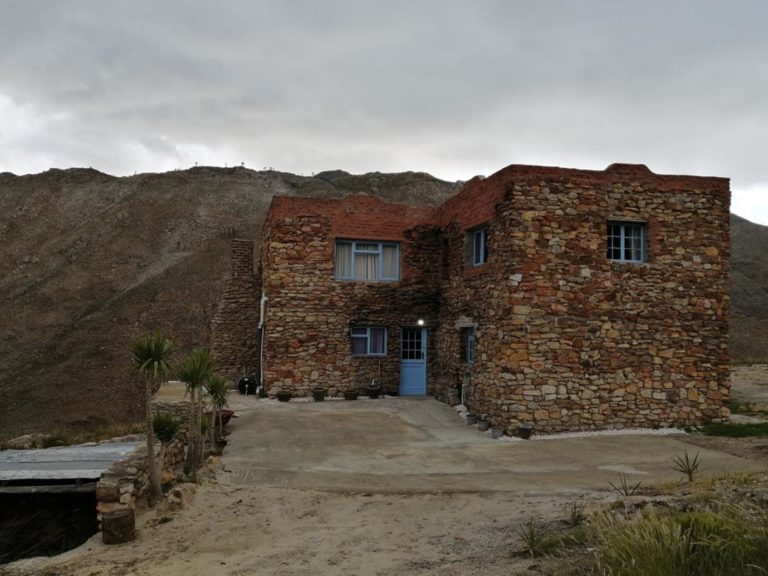
Credit: Anita Froneman
An impromptu yoga session was watched by some and enjoyed by others as the sun and clouds gave our day a spectacular send-off, setting in the valley from whence we came.
The house is a welcome change to the standard overnight huts most seasoned hikers are used to. With no less than three braai areas including one indoor, the weather need not interfere with any braai plans. A large, well-equipped kitchen (down to a bottle opener for the wine we so courageously carried up) had us cooking up a storm in no time.
Double beds instead of foam mattresses, warm water and soft couches are luxuries unheard of in so remote a location.
After an excellent braai and hearty meal, an early night is in order. You will need all the well-deserved rest you can get because the next day, you get to do it all over again.
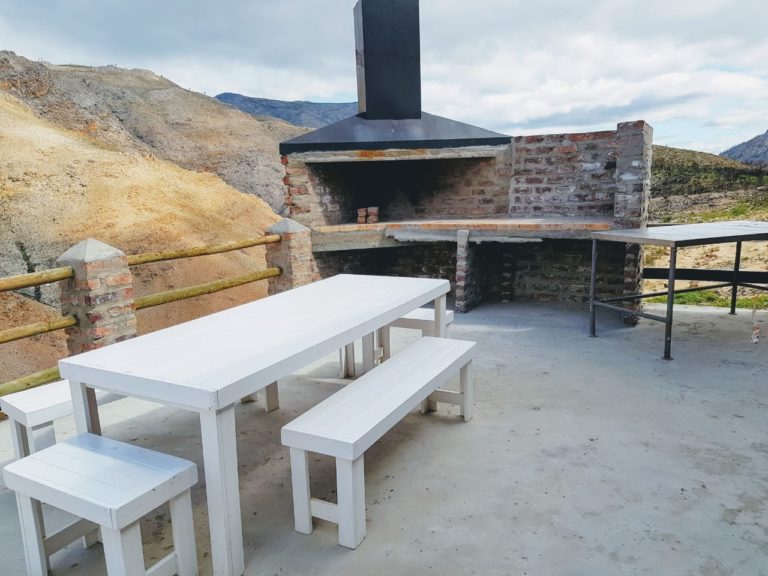



For more information about Eagle’s Nest or to book, call Bernardo Oosthuizen at +27 82 612 4623 or email [email protected] or click here.
Text by Anita Froneman and Doug Mattushek
Pictures: Supplied
ALSO READ: 5 tranquil cottages with hot tubs in Stellenbosch
















